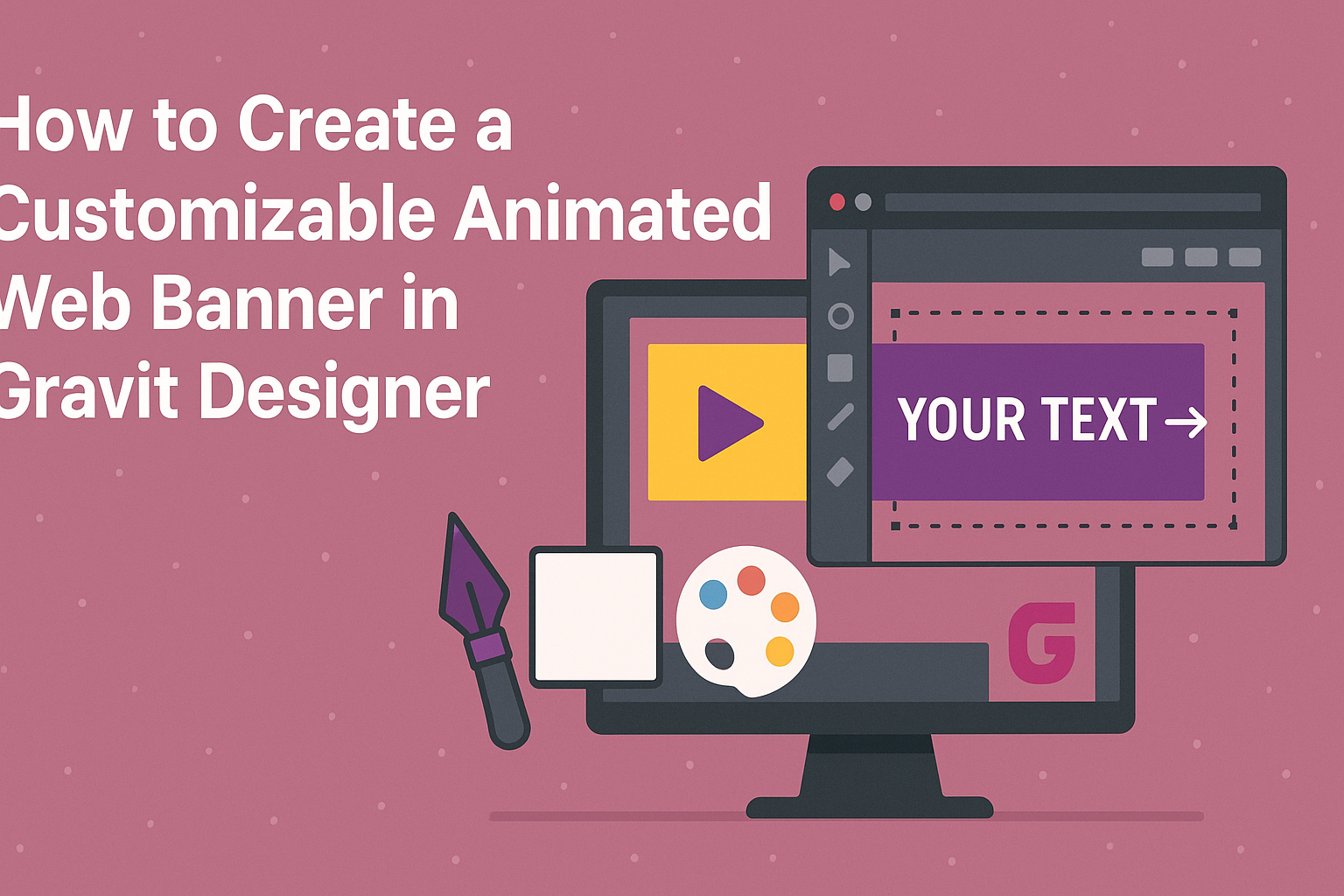Creating a color palette can seem challenging, but it plays a crucial role in effective design.
Understanding how to build and apply a harmonious color palette in Gravit Designer can greatly enhance the visual appeal of any project.
This guide will explore simple steps to help anyone confidently pick colors that work well together.
When designing, the right colors can make a significant difference in conveying the intended message. By using tools and techniques available in Gravit Designer, he or she can easily visualize different color combinations and see how they interact.
A well-chosen palette not only improves design aesthetics but also strengthens branding and communication.
This article will walk through the process of creating a color palette from scratch and applying it seamlessly to projects in Gravit Designer. Readers will find useful tips and tricks to ensure their designs stand out and resonate with their audience.
Understanding Color Theory
Color theory is the foundation for creating effective and appealing designs. It helps in selecting colors that complement each other and convey the desired message.
The Color Wheel and Color Relationships
The color wheel is a visual tool that shows the relationship between colors. It consists of primary colors—red, blue, and yellow—that cannot be created by mixing other colors.
From these, secondary colors are formed by mixing two primary colors: green, orange, and purple. Tertiary colors are made by mixing a primary color with a secondary color.
Color relationships include complementary, analogous, and triadic schemes.
Complementary colors are opposite each other on the wheel, creating high contrast.
Analogous colors are next to each other and produce a harmonious look.
Triadic colors form a triangle on the wheel, offering balance and diversity.
Color Schemes and Their Impact
Color schemes play a crucial role in how a design is perceived. They can evoke emotions and influence mood.
Warm colors like red, orange, and yellow create energy and excitement. These colors are often used to grab attention.
Cool colors such as blue and green promote calmness and reliability, making them suitable for serene designs.
Neutral colors can balance warm and cool tones. Using black, white, and gray can enhance other colors and create a sophisticated look.
Choosing the right color scheme is essential in guiding the viewer’s response and ensuring that the design communicates effectively.
Navigating Gravit Designer
Getting familiar with Gravit Designer’s interface is essential for effective design work. This section explores the important elements of the interface and how to set up a workspace that suits individual needs.
A Tour of Interface Elements
Gravit Designer has a clean and organized interface that includes several key components.
-
Toolbar: Located at the top, it features essential tools like selection, shape creation, text, and more. Each tool has a specific function, allowing for easy navigation.
-
Layers Panel: On the left side, this panel shows all design layers. Users can arrange, hide, or lock layers for better control over their work.
-
Properties Panel: This panel
Ensuring Color Accessibility
It’s crucial to ensure that designs are accessible to everyone, including those with color vision deficiencies.
Designers should use high-contrast color combinations that help important elements stand out.
Tools are available to check the contrast ratios between text and background colors.
Additionally, using patterns or textures for elements can help differentiate them without relying solely on color.
Providing ample spacing between text and colors also improves readability.
This thoughtful approach ensures that designs remain inclusive while still capturing attention with their color choices.

